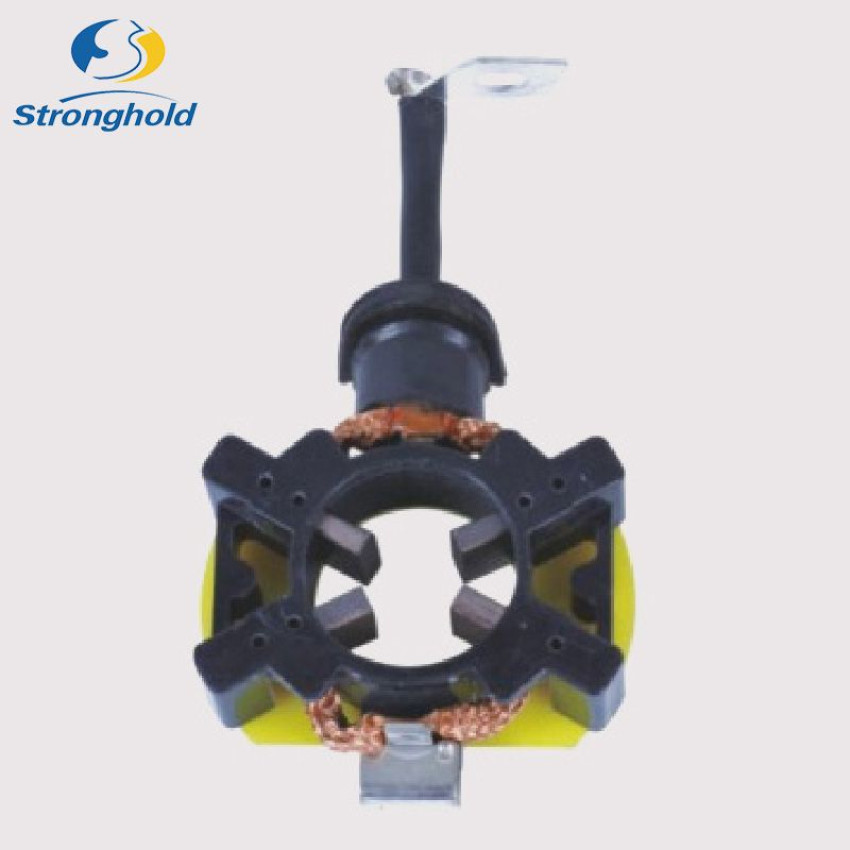
Carbon brushes, those inconspicuous components in electric motors, often raise questions among users. This article aims to demystify carbon brushes by addressing common queries and providing straightforward insights into their role, maintenance, and everyday applications.
What are Carbon Brushes, and What Do They Do?
Carbon brushes are small, graphite-based components that create a crucial electrical connection in electric motors. Their primary function is to transmit electrical current between the stationary and rotating parts of the motor, ensuring smooth operation.
Why Are Carbon Brushes Used?
Carbon brushes are chosen for their unique properties. They offer excellent electrical conductivity, low friction, and wear resistance. These characteristics make them ideal for maintaining reliable contact with rotating components, such as the commutator or slip ring, in electric motors.
Where Can I Find Carbon Brushes in Everyday Life?
Carbon brushes are present in various everyday items, including power tools (like drills and saws), household appliances (such as washing machines and vacuum cleaners), automotive starter motors, and even in some industrial machinery. Their versatility makes them integral to numerous devices.
How Do I Know When Carbon Brushes Need Replacement?
Signs of wear, uneven contact, or reduced efficiency are indicators that carbon brushes may need replacement. Regular inspection is crucial, especially in demanding environments or with high-performance applications. If in doubt, refer to the manufacturer's guidelines.
Can I Replace Carbon Brushes Myself?
Yes, in many cases, replacing carbon brushes is a user-friendly task. However, it's important to follow the manufacturer's instructions, use the correct replacement brushes, and ensure proper installation. If uncertain, seeking professional assistance is advisable.
Are There Different Types of Carbon Brushes?
Yes, carbon brushes come in various types and compositions. They may include graphite and other additives to enhance performance. Advances in materials have led to innovations like graphite and carbon composites, providing improved conductivity and durability.
How Do I Maintain Carbon Brushes?
Regular cleaning is essential to prevent the accumulation of conductive debris. Additionally, keeping the surrounding area free from dust and debris contributes to optimal performance. Periodic inspections for signs of wear and proper lubrication (if applicable) are part of routine maintenance.
Do Carbon Brushes Only Work in Electric Motors?
While electric motors are a primary application, carbon brushes also play a role in generators, alternators, and even in large-scale systems like wind turbines. Their ability to facilitate electrical contact makes them versatile across various electrical devices.
Are There Any Recent Innovations in Carbon Brush Technology?
Innovations include the development of self-lubricating carbon brushes and the use of advanced materials like graphite composites. These advancements aim to reduce maintenance requirements and enhance the overall performance of carbon brushes.
Conclusion:
Carbon brushes, though small and often overlooked, are essential components that power a multitude of everyday devices. By understanding their basic functionality, recognizing signs of wear, and adopting simple maintenance practices, users can ensure the longevity and efficiency of these unsung heroes in the world of electric motors.



